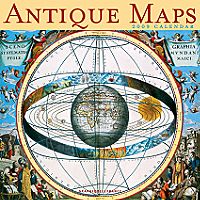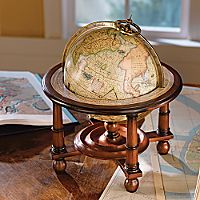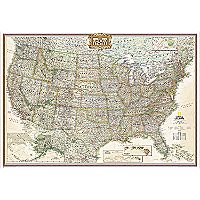dditionally, the watches became open faced instead of enclosed in attractive hinged cases, and they now used Arabic numerals instead of the familiar Roman numerals. Every watch used a minimum of 17 jewels in its movement. There were 5 positions that each watch had to have the ability to be adjusted to, these being face up, face down, crown up, crown down, and sideways. An accurate time within 30 seconds of the week were expected of each railroad pocket watch. They were also required to be able to compensate for the temperature range of 34 degrees to 100 degrees Fahrenheit. These were mandatory and with these standards and requirements, it meant that these particular railroad vintage pocket watches were unsurpassed during the time of their manufacture.
The railway industry went through an incredible growth spurt and American watch manufacturers had to rise to meet the challenge of making watches that had to be more and more accurate, and they frequently surpassed even the standards and requirements of the railroads. Keep in mind that during the 1800's, trains were the not only the primary mode of transport, but they also carried valuable goods for trade and industry. This was one of the major reasons why typical conductor railroad watches, which we now know as antique pocket watches, were crucial.
Punctuality, however, was not the only thing at stake. The watches had to be accurate to ensure that no accidents happened. Every day there were literally hundreds of trains to manage, and they all had to keep exact times. If the precise time wasn't kept, accidents could happen. For example, when tracks were switched on a scheduled time, if times weren't on time, they could collide, so precision was crucial.
One famous collision occurred in 1891 in Kipton, Ohio and was due to the fact that the conductor's watch was late by a mere 4 minutes. This was the incident that prompted the government to issue the standards for the railroad pocket watches. The first company to comply with the requirements set by the railways was the Waltham Watch Company, but these were very quickly followed by all of the major watch making companies that we are familiar with today. These include Illinois, Elgin and Hamilton. These are the vintage pocket watch that frequently feature as many as jewels and no less than 6 adjustable positions in substitute of the recommended 5 that are most wanted after by collectors and have the most value.











No comments:
Post a Comment